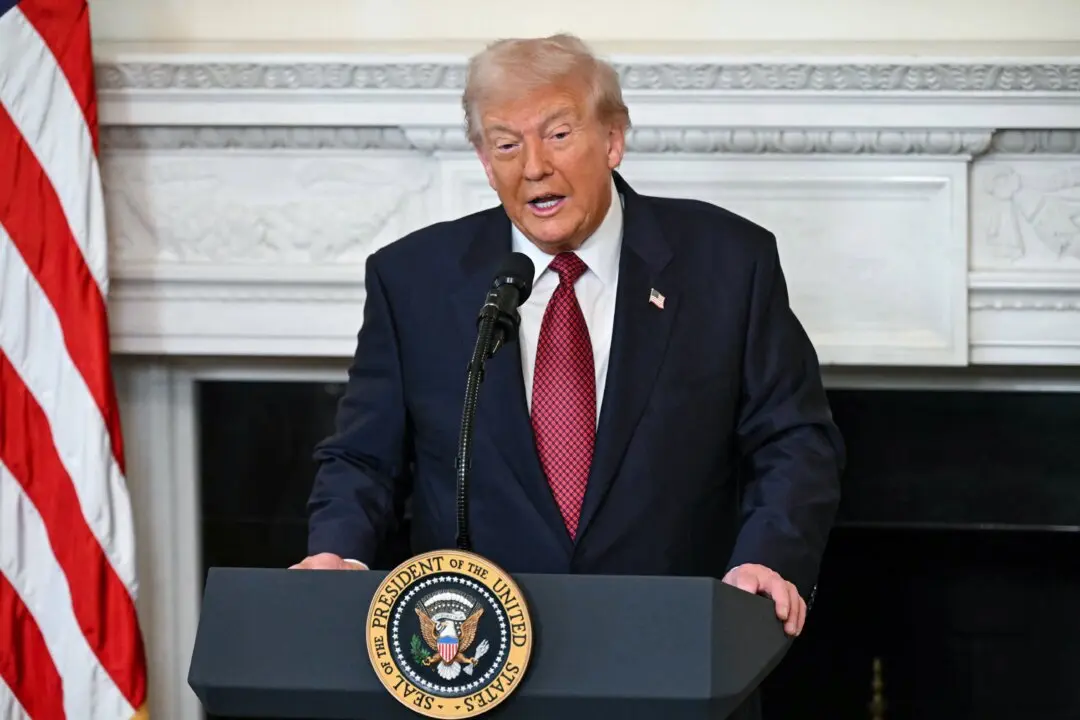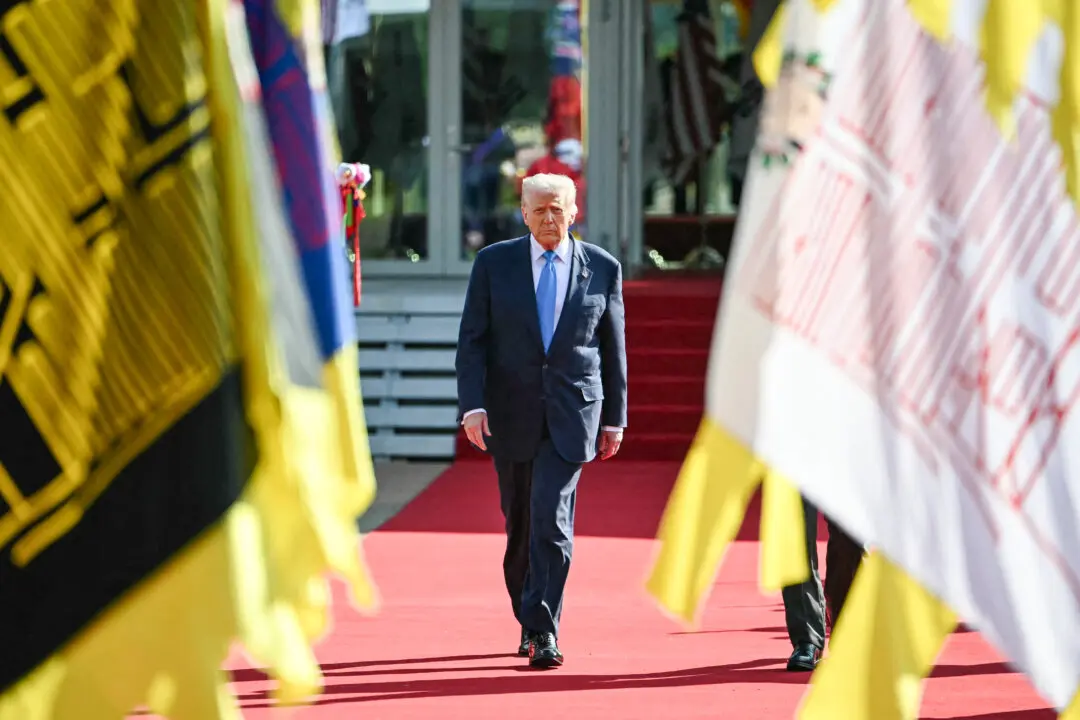WASHINGTON—The U.S. Treasury Department on Dec. 19 issued final regulations regarding the “opportunity zones” program, offering more clarity about how investors can qualify for tax breaks.
Passed as part of the Tax Cuts and Jobs Act of 2017, the new program encourages private funds to invest in poor communities by offering substantial tax breaks. The incentive has already started to revive underserved communities, according to experts.





